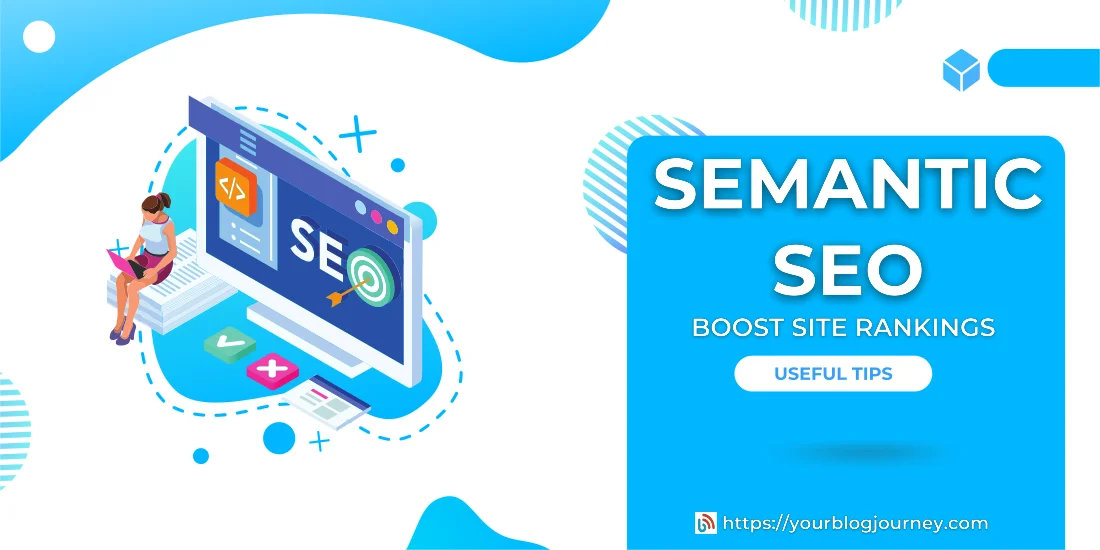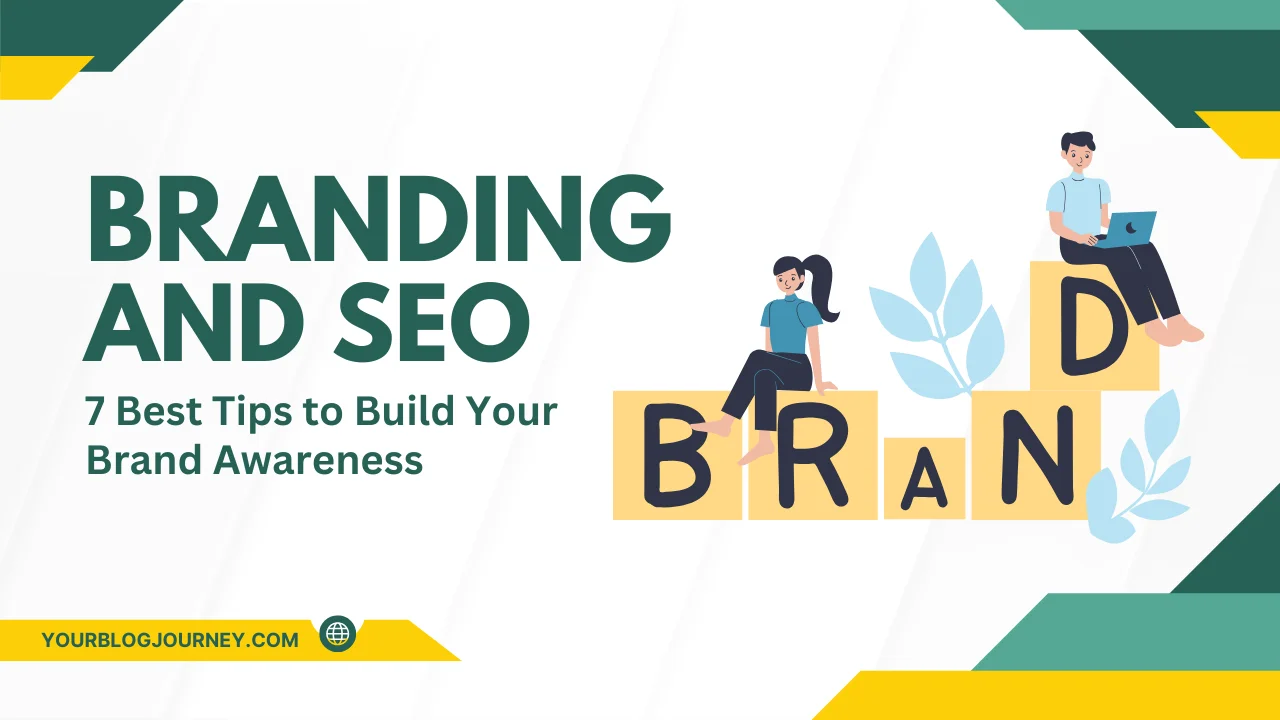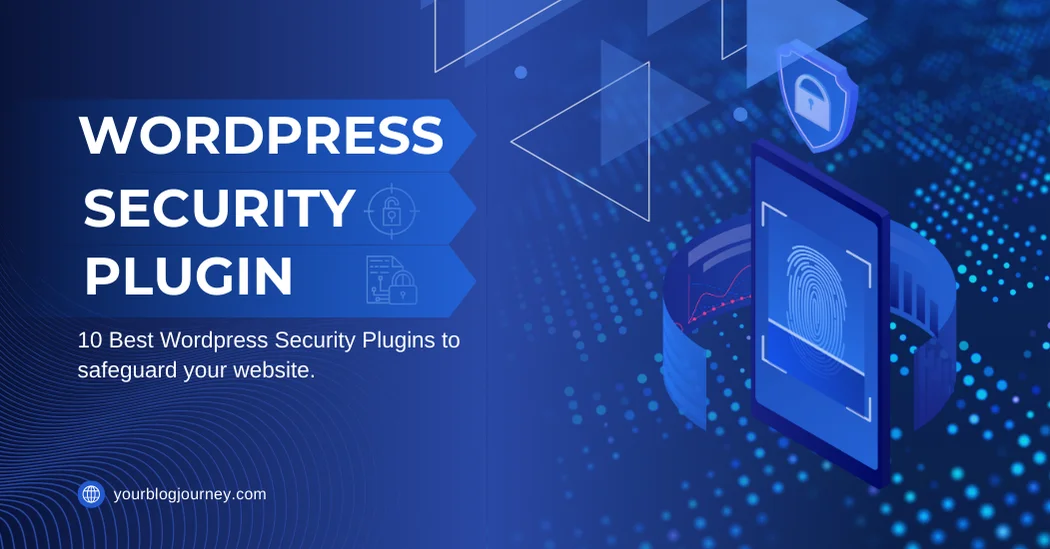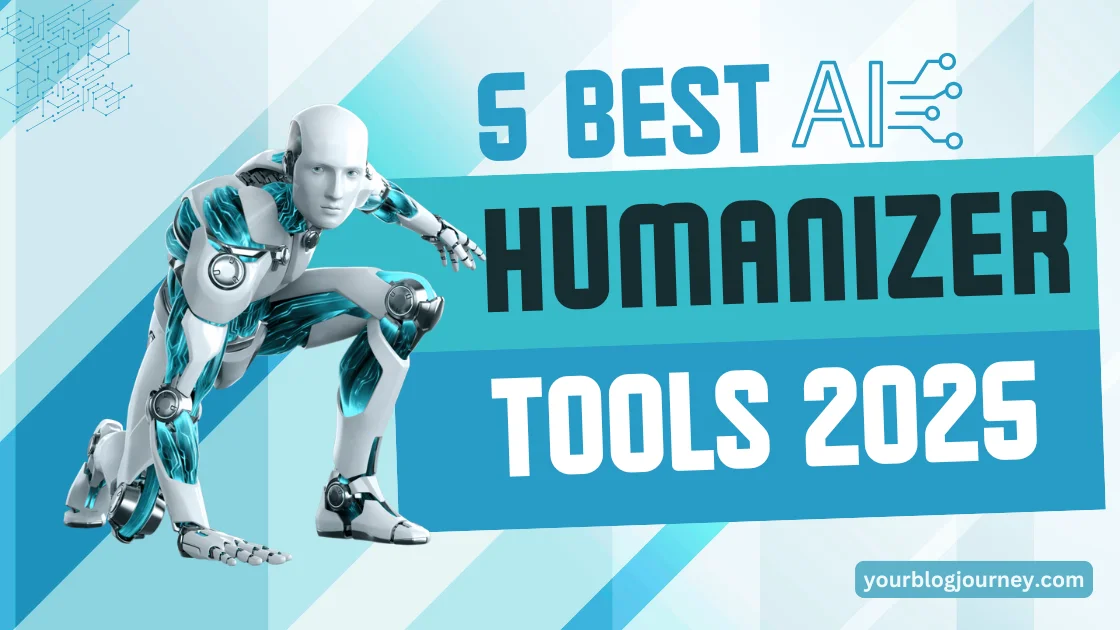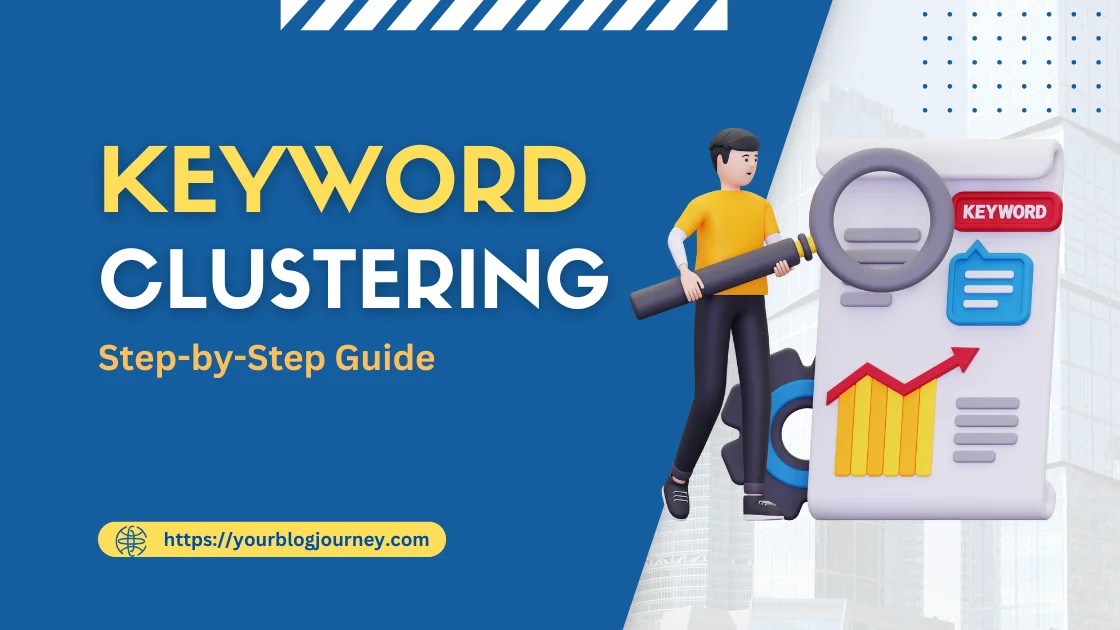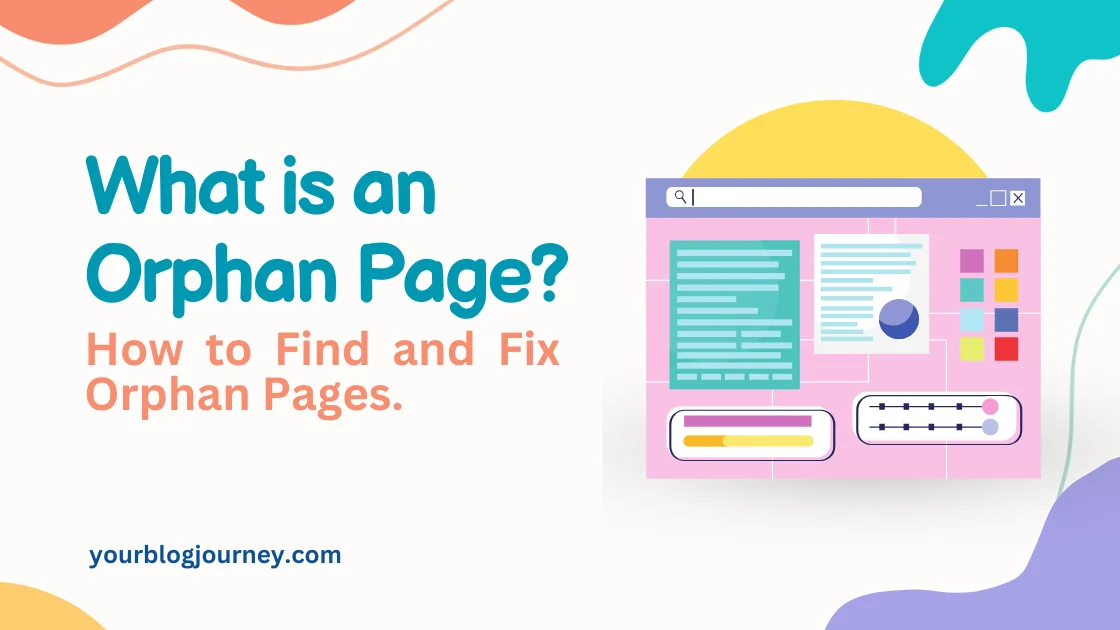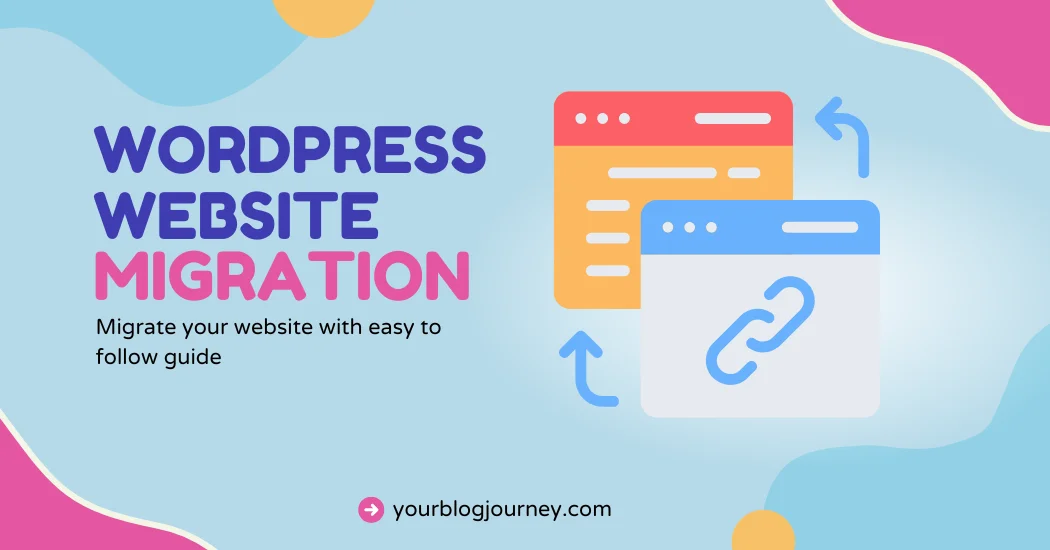What is Semantic SEO?
Semantic SEO is the process of creating content that doesn’t just focus on exact keywords but understands the intent, context, and meaning behind those keywords. Semantic SEO is about going beyond just keywords and diving into the intent, or the “why,” behind what people type into the search bar.
Say for example users search for “SEO tips”—they may wish to use strategies, tools, or best practices, and semantic SEO aims to cover all of that comprehensively.
Traditional SEO vs. Semantic SEO
Traditional SEO was mostly about finding one main keyword and using it multiple times across a page to boost rankings. But semantic SEO goes beyond that by focusing on context and related terms. Here’s a quick comparison to show how these approaches differ:
| Aspect | Traditional SEO | Semantic SEO |
| Focus | Exact keyword matching | Understanding search intent and semantic keywords |
| Content Structure | Individual pages for each keyword | Comprehensive content that covers a topic and its subtopics |
| Search Engines’ Role | Match keywords with search queries | Understand the context and intent behind search queries |
| User Experience | Content is often repetitive and keyword-stuffed | Content provides valuable, in-depth answers |
| SEO Tools and Methods | Keyword research and optimization | Semantic analysis, structured data, and topic clusters |
How Semantic SEO Helps Search Engines Understand Context
When you optimize for semantic SEO, you’re helping search engines understand the context behind your content, making it easier for them to provide users with more relevant search results. Search engines do this by looking at semantic signals, which are hints that help search engines use semantic search to understand the connections between related topics.
- It’s providing more than just one answer.
- It’s giving users a complete guide on semantic SEO.
- This approach makes it easier for search engines to understand whether your page is a valuable resource and improve its ranking.
Why is Semantic SEO Important?
Semantic SEO is a game-changer for both users and search engines. With millions of searches happening daily, Google search strives to deliver relevant search results that answer users’ questions completely.
- Higher Rankings: By creating content that addresses multiple related questions and provides in-depth information, you’re setting up your web page to rank higher and serve users better through semantic search.
- More Opportunities for Featured Snippets: Semantic SEO boosts your chances of showing up in People Also Ask boxes and featured snippets, which are prime spots on the search engine result page.
- Enhanced Relevance: By optimizing for semantic keywords and adding depth to your content, you help search engines understand your page’s value, leading to better search engine rankings.
Semantic SEO and Search Engine Algorithms
To understand why semantic SEO matters for rankings, we need to look at some of Google’s major search algorithms. Each one helps search engines use semantic search algorithms to interpret content better, by focusing on connections between topics, the relationships between entities, and even user behavior.
- Knowledge Graph: The Knowledge Graph connects entities (like people, places, or things) and helps search engines understand how they’re related.
- Hummingbird: Google’s Hummingbird update was a major shift toward technical SEO and semantic search. It allowed Google to focus more on search intent and semantic keywords rather than only exact matches.
- RankBrain: RankBrain uses machine learning to interpret the meaning behind queries. It learns from user behavior, adjusting results based on what users find helpful. RankBrain helps Google search deliver results that better match the context of a search rather than just specific keywords.
Each of these search algorithms works with semantic SEO to help search engines understand the meaning and context of your content.
Semantic SEO Strategies to Boost Rankings
When it comes to semantic SEO, there are several strategies you can use to make your content more valuable for both users and search engines. Here’s a complete guide to effective semantic SEO strategies, from building topic clusters to optimizing for voice search. Let’s dive into each one.
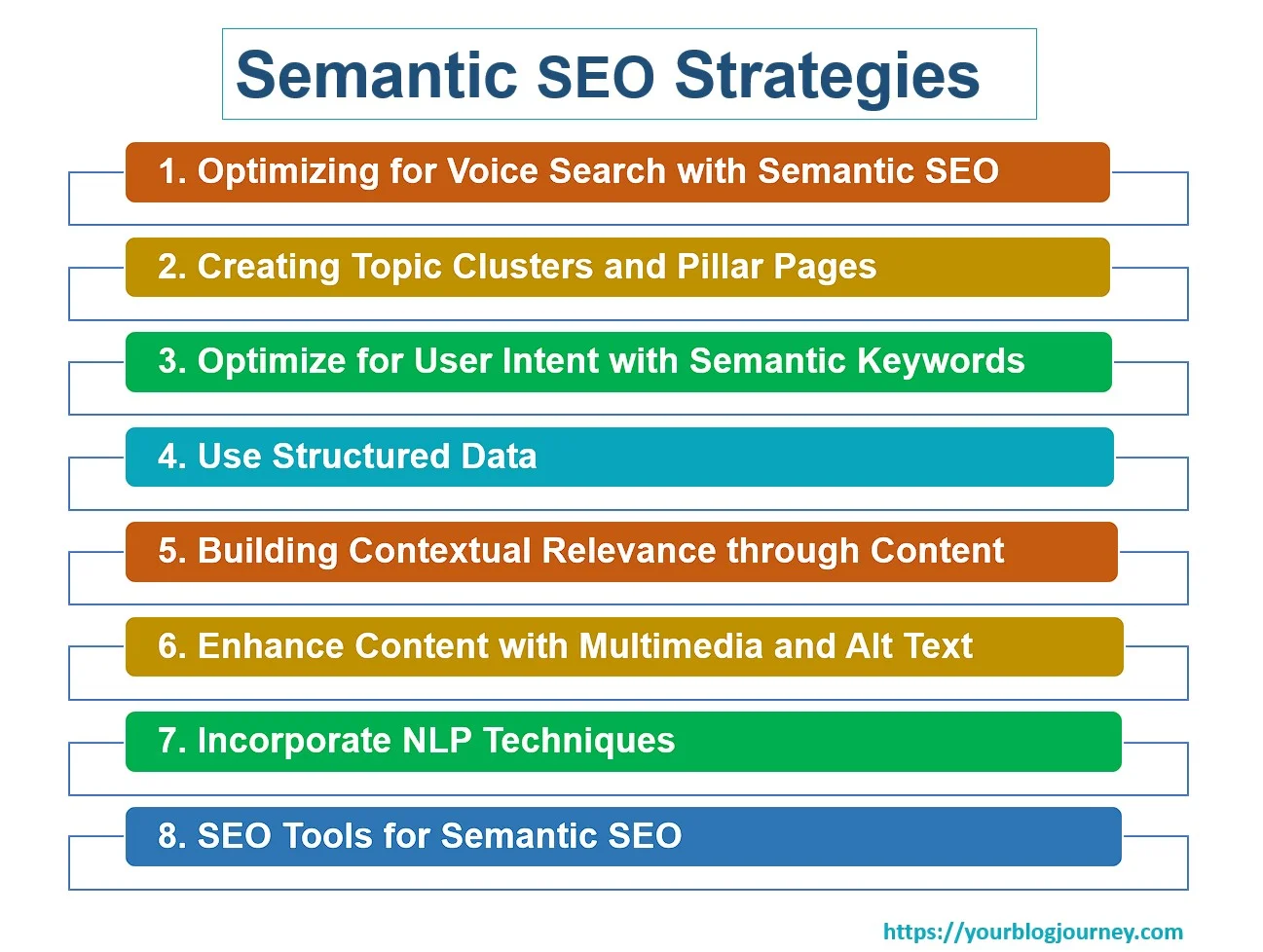
1. Optimizing for Voice Search with Semantic SEO
Optimizing for voice search means creating content that sounds natural and answers common, spoken questions.
Tips for Voice Search Optimization:
- Use Conversational Language: Write in a way that feels natural to read aloud. Answer questions directly, with clear and conversational answers.
- Focus on Long-Tail Keywords: Voice searches are often longer and more specific.
- Create FAQ Sections: FAQs are ideal for voice search, as they match the question-and-answer format many users rely on. This structure helps your page show up in response to voice queries.
- Structured Data: Adding structured data makes it easier for search engines to understand the context of semantic SEO on your page, improving its chances of appearing in voice search results.
2. Creating Topic Clusters and Pillar Pages
Topic clusters and pillar pages are central to semantic SEO. A pillar page is a comprehensive guide on a core topic, while cluster pages cover related subtopics, all linked to the main pillar.
| Pillar Page | Cluster Topics |
| “Digital Marketing” | SEO Basics, Content Marketing, Social Media Strategies |
This structure shows search engines that your website is a one-stop resource on the subject, which improves search engine rankings.
3. Optimize for User Intent with Semantic Keywords
Search intent is all about understanding the reason behind a user’s search. Semantic SEO captures this broader intent by covering not just the “what” but also the “how” and “why.” By optimizing data with semantic keywords, we can address multiple search intents in one place, helping users find more answers on one page.
4. Use Structured Data
Structured data is essential for semantic SEO because it helps search engines understand the specific elements of your content. By labelling your content elements, you’re providing semantic signals that show how different parts of your page relate to user queries. This context of semantic SEO allows search engines to connect broader topics and surface the most relevant information to users.
Structured data also plays a crucial role in the search experience. Enhancing how your content appears on the SERP, it helps users find exactly what they’re looking for, which aligns perfectly with the goals of semantic SEO.
Adding structured data markup (like schema) to your website can directly improve your ranking by enabling search engines to present your content in special formats, like rich snippets. These snippets often appear at the top of the search engine result page (SERP), attracting more clicks and engagement from users.
5. Building Contextual Relevance through Content
One of the main goals of semantic SEO is to create content that builds contextual relevance. This means going beyond the main keyword to cover related topics that might also interest users. For instance, if you’re writing about “digital marketing,” you might also include sections on “SEO,” “content strategy,” and “social media marketing.”
When content is relevant and well-organized, search engines can better understand how all the parts connect, improving your ranking.
Tips for Building Contextual Relevance
- Include Related Subtopics: Make your content more comprehensive by adding related sections.
- Use Internal Links to Related Content: Link to other pages on your website that discuss similar topics. This builds a network of connected content, showing search engines that your website is an authoritative resource.
- Answer Common Questions: Think of questions that users might have about your topic and answer them directly in your content. For instance, if you’re writing about “digital marketing,” you might also include sections on “SEO,” “content strategy,” and “social media marketing” to improve your semantic relevance.
6. Enhance Content with Multimedia and Alt Text
Including images, videos, and other multimedia elements enhances user experience and provides additional context for search engines and semantic search SEO. Please remember to use alt text for images, which describes the content of each image for both accessibility and SEO.
7. Incorporate NLP Techniques
Natural Language Processing (NLP) is essential to semantic SEO because it allows search engines to understand language more like a human would. NLP helps Google interpret phrases, synonyms, and even the tone behind queries. This means you don’t need to worry about using every variation of a keyword—instead, focus on writing naturally and conversationally.
Examples of NLP in Action
- Answering Questions Directly: If your article is about “how to start a vegetable garden,” use natural language to answer likely questions like, “What vegetables are easiest for beginners?” or “How do I prepare soil for planting?”
- Avoiding Jargon: NLP works best with clear, straightforward language. Instead of saying “horticultural cultivation techniques,” simply say “gardening methods.” This makes content accessible to a wider audience and aligns with semantic search.
Semantic SEO relies on NLP to help search engines match content to search intent accurately. By using NLP-friendly language, you’re ensuring that your content for semantic search appeals to both readers and search engines like Google.
8. SEO Tools for Semantic SEO
To truly optimize for semantic SEO, using the right SEO tools can make a big difference. These tools can help you find semantic keywords, analyze search intent, and even track how well your content meets semantic SEO principles. Here are some popular SEO tools:
- Google’s Keyword Planner: Great for finding related terms and phrases that match user intent.
- Semrush: A powerful tool for keyword research. It provides insights into semantic keywords and related terms.
- Answer The Public: This tool shows common questions people ask about your topic, helping you cover related queries and subtopics effectively.
- Clearscope: This tool helps you identify semantic keywords to include in your content, ensuring it aligns with top-ranking pages.
By using SEO tools designed for semantic SEO, you’re equipped to create content that covers a topic more thoroughly, improves user engagement, and increases ranking. Tools like these also make it easier to track your progress, and adjust your content as search algorithms
AI-driven SEO Tools for Semantic Optimization
Using AI or Generative AI to support your semantic SEO allows you to stay ahead of trends, optimize efficiently, and ultimately improve your ranking on search engine results pages.
To optimize for semantic SEO, using AI-driven SEO tools can be incredibly helpful. These tools are designed to analyze the context of semantic SEO and provide insights that make your content more relevant. Here are a few popular AI-powered tools:
- NeuronWriter: Neuron Writer is a powerful tool designed to enhance semantic SEO by analyzing top-ranking content and providing insights to improve relevance and depth. It uses natural language processing (NLP) to understand the intent behind keywords, helping writers incorporate semantic keywords and related terms naturally.
- Clearscope: This tool identifies semantic keywords and related terms used by top-ranking pages, making it easier to create content that meets search engine expectations.
- Surfer SEO: Surfer analyzes the top results for your topic, providing recommendations for keyword use, content structure, and related topics to include, all based on AI insights.
- MarketMuse: MarketMuse helps you discover content gaps, suggests related subtopics, and improves the comprehensiveness of your content through AI.
- Frase: Frase is an AI-powered tool that generates question-based content ideas, aligns with search intent, and helps optimize for voice search queries by identifying conversational phrases.
By using these AI-driven SEO tools, you can fine-tune your semantic SEO strategy, ensuring that your content meets the needs of both users and search engines. By using AI in your SEO practices can set your content up for success in an increasingly competitive digital landscape.
Final Thoughts on Semantic SEO
I hope that now you understand what is semantic SEO. It is more than just a trend, semantic SEO is the future of search engine optimization. With Google and other search engines focusing on search intent, meaning, and context, optimizing content to meet these needs is essential.
By understanding and implementing semantic SEO principles, you’re setting up your content for long-term success in an ever-evolving SEO landscape.
Key Takeaways for Your SEO Strategy
Here are the key takeaways to guide you in your SEO strategy:
| Key Takeaway | Impact on SEO Strategy |
| Focus on User Intent | Improves relevance and satisfaction for users |
| Use Semantic Keywords | Expands reach and improves ranking for related search terms |
| Implement Structured Data | Boosts visibility through enhanced SERP features |
| Use AI and NLP | Aligns content with user intent and search algorithms |
| Create Comprehensive Content | Builds authority and supports a better search experience through the use of semantic web principles. |
FAQ – Semantic SEO
Ans: Unlike traditional SEO, which primarily targets specific keywords, semantic SEO focuses on context, intent, and related topics to provide a richer, more comprehensive user experience.
Ans: Structured data allows search engines to understand the details of your content better, improving its chances of appearing in rich results like snippets, FAQ sections, and more, which can boost search engine rankings.
Ans: Yes, optimizing for semantic SEO can make your web page more accessible to voice search queries. Voice searches are often more conversational, so content that matches natural language and answers common questions performs well for voice users.
Ans: Google’s Knowledge Graph is a database that connects entities (like people, places, and things) to show how they’re related. By understanding these connections, semantic SEO can help search engines present more comprehensive and relevant results.
Ans: Topic clusters organize related content around a central pillar page, which signals to search engines that your site offers comprehensive information on a subject. This structure supports better ranking by demonstrating authority and relevance.

